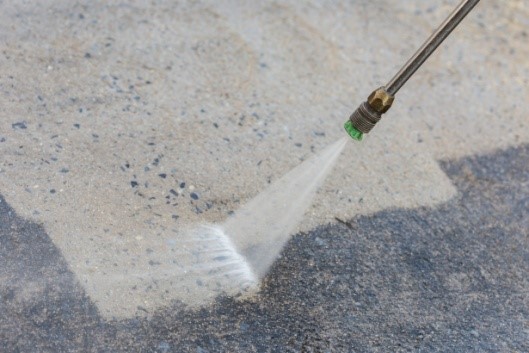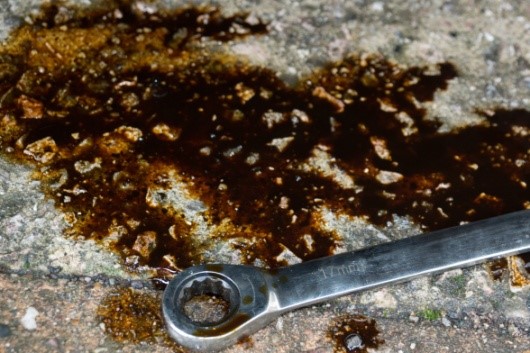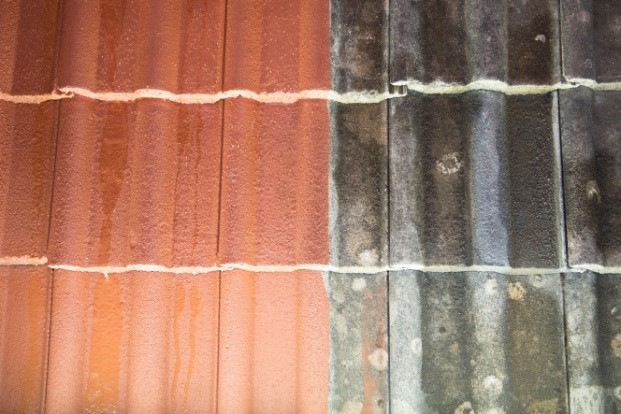It’s not hard for throngs to awe at the sight of a pressure washer blasting water on a grimy sidewalk and wiping those stains clean. But only a few of them venture to learn about the story of how the first of that kind of machinery came together.

It All Started With a Happy Accident
The year was 1920, widely known as the beginning of the era of suffragettes and flappers. At the same time, temperance movements gained traction. Soon, the Volstead Act, named after the prohibitionist Andrew Volstead (who had introduced the bill to the House of Representatives in the previous year), had passed the U.S. Congress and become law. As a result, the production and trade of alcoholic beverages, with the exception of religious use, became illegal (the Eighteenth Amendment, which already outlawed alcoholic beverages, was ratified in 1919, but the Volstead Act enforced it). But in the dark, speakeasies and Gatsbys abounded.
In 1926, one Pennsylvanian was in a garage, designing a whiskey still for a bootlegger. The designer’s name was Frank W. Ofeldt II, and he kept at his task despite the nagging grease on the garage floor. Ofeldt was an employee of a water heater producer as well as a descendent of steam engineering experts. His eyes saw strange things, as the moist steam from his still came in contact with the floor; the grease seemed to scurry! Little did he know that this would be a felix culpa.

Another Happy Accident
What could possibly wipe out those stubborn grease stains on the garage floor? Ofeldt discerned that time must be set aside; whiskey stills could wait. He saw that the moisture of the steam was powerful, but that it still could use an extra something. That is when he went to Homestead Valve Company, where Ofeldt joined hands with Frederick E. Schuchman Sr. and together they founded what they initially called the Hypressure Vapor Spray Generator. But that mouthful of a name didn’t stick after one of their distinguished visitors remarked, “Why don’t you call it a High Pressure Jenny?” And so the gadget was dubbed “Jenny.”
A “Steam Cleaning What”?
Although more people, such as Walter Kerrick (who developed a similar kind of a cleaning gadget with Clayton Industries) and Job Fordyce Malsbary (whose utensil sterilization contributed to the advent of the modern pressure washer), became interested in this technology, the ripeness of time had not yet come. Because there was no such thing as a “steam cleaner” at the time, there was often confusion about what these gadgets accomplished. As Fred Schuchman Jr., the son of Frederick E. Schuchman Sr., recounts: “The minute you said ‘steam cleaner,’ people would think it was a steam vessel that could explode.” Even in the 1960s, the main salespeople for steam cleaning and pressure washing gadgets were still primarily advertisers of auto equipment.
The Rest Is History
Here are some of the milestones in pressure washer history that can help paint a more complete picture of the course of events:
1927 – Ofeldt invents the first steam cleaner.
1929 – The U.S. stock market crashes.
1930 – Clayton Industries opens as Chemical Processes Ltd., approximately one year after Homestead starts manufacturing Jennys.
1933 – The Twenty-first Amendment repeals the Eighteenth Amendment and ends Prohibition.
1941 – Malsbary’s process of Hydraulic Pressure Cleaning is patented, ushering in the first pressure washer.
1950 – Alfred Kärcher develops the DS 350 steam jet, the first European hot water high-pressure cleaner.
1999 – Hydra Pressure Washing is born!

Yet Another Happy Accident
You, dear reader, happened upon this blogpost!